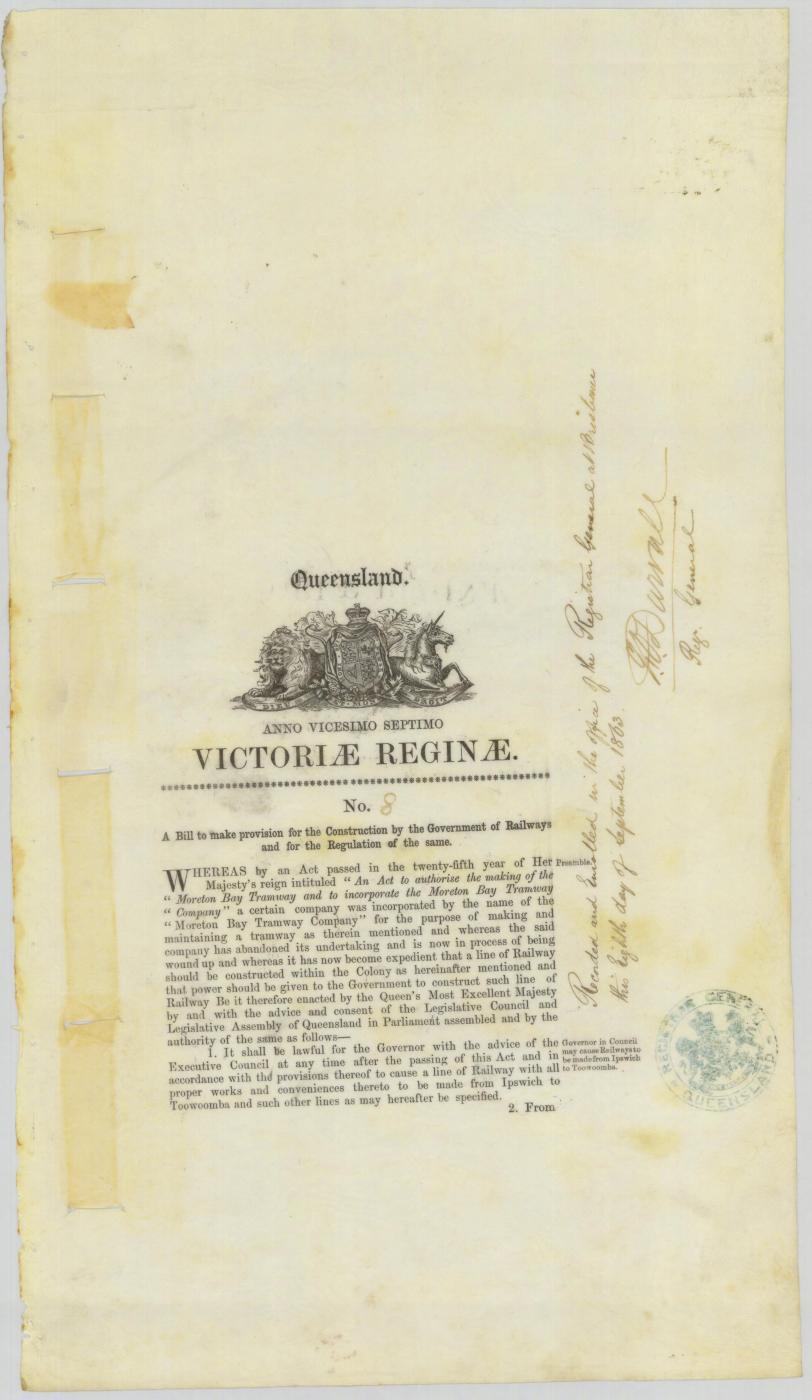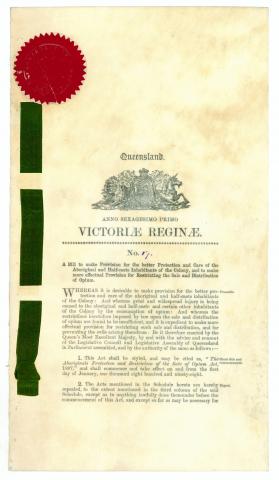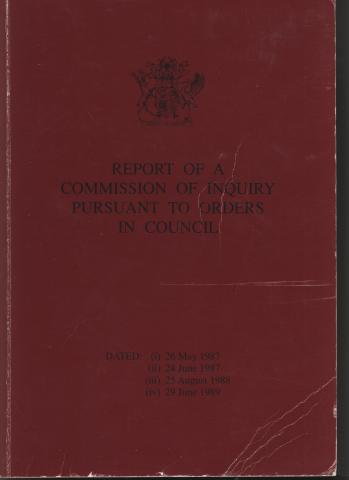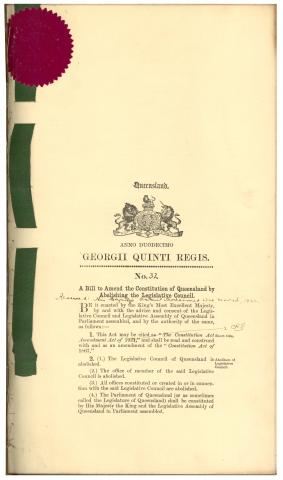
- Background
-
One of the major problems facing Queensland’s inaugural government in 1860 was the establishment of an efficient transport system. Although considerable funds were expended on road construction they proved inadequate to cater for the growing population. Following a visit to England in 1863, Premier Sir Robert Herbert instructed the Secretary for Lands and Works, Sir Arthur Macalister, to prepare legislation paving the way for a railway. Macalister introduced his Railway Bill to parliament on 19 May 1863. On making his submission, Macalister informed the House that Robert Tooth & Company already put forward a proposal to construct a light railway from Ipswich to Dalby for £4000, exclusive of rolling stock and land purchases. Their proposal was strongly supported by the engineer Abram Fitzgibbon, later to become Queensland’s first Commissioner for Railways. As a means of reducing costs, Fitzgibbon further recommended that Queensland should adopt the narrow three feet six-inch railway gauge, and this became a subject of heated debate. Once this had been resolved in favour of the recommended gauge, Macalister’s Bill passed thorough both houses of parliament in July 1863 and construction began on the first section of railway between Ipswich and Grandchester.



